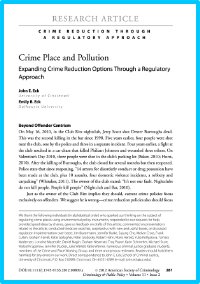By Illinois Crime Reduction Task Force
Background
To develop and propose policies and procedures aimed at reducing crime in Illinois, the Crime Reduction Task Force Act established the Crime Reduction Task Force (20 ILCS 3926/1-5). Task Force membership was statutorily mandated in the Crime Reduction Task Force Act. The Task Force was active from October 2022 through June 2024. Meetings were held virtually and were open to the public. Meeting content included:
Testimony from subject matter experts.
Input from community service providers.
Reports and other documents submitted by Task Force members and other interested parties.
Votes taken on submitted recommendations.
Recommendations
The approved recommendations are listed below.
There should be a new legislation that mandates judges to order an abusive partner to complete a Partner Abuse Intervention Program (PAIP) when granting an Order of Protection for domestic violence in civil courts. This can help prevent domestic violence, and crime in general, because domestic violence offenders can pose a threat to a family as well as to the community. A PAIP focuses on power, control, and relationship dynamics. It helps people reflect on their relationship and take responsibility for one’s behavior.
If the person fails to complete the PAIP, there should be a consequence, such as restrictions in child custody or supervised visitation of family members. Because taking a PAIP costs money and it lasts 26 weeks, there should be a financial support to complete a PAIP for low-income earners.
Chicago: Illinois Criminal Justice Information Authority.. 2024. 52p.





















